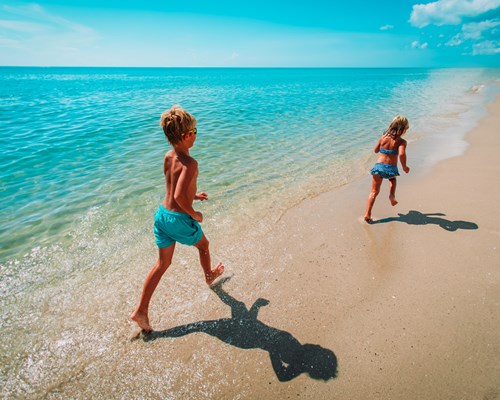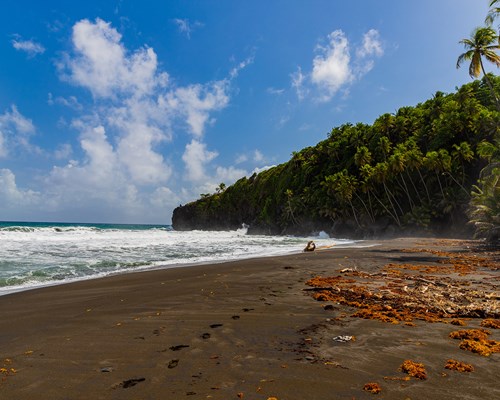
-
We're Open 😎 Call Us ! Click to Call
- Mon to Thurs 9:00am - 7:00pm
- Friday 9:00am - 6:00pm
- Email deals
- Log in
-
020 7770 6888
We're Open 😎 Call Us ! Click to Call
- Mon to Thurs 9:00am - 7:00pm
- Friday 9:00am - 6:00pm
-
Holidays
- Holidays
- Beach holidays
- All inclusive holidays
- Ski holidays
- Family holidays
- Last minute holidays
- Luxury holidays
- Summer holidays
- Package holidays
- 2025 holidays
- 2025 holidays
-
more holiday Types
- more holiday Types
- Walking holidays
- Lake holidays
- Golf holidays
- Activity holidays
- Winter sun holidays
- Santa & Lapland
- Adult-only & Couples
- Honeymoon holidays
- Babymoon holidays
- Self-catering holidays
- LGBTQ+ & gay-friendly
-
Hotels
- Hotels
- Beach hotels
-
All-inclusive hotels
- All-inclusive hotels
- All-inclusive beach hotels
- Family all-inclusive hotels
- Luxury beach hotels
- Caribbean all-inclusive hotels
- Europe all-inclusive hotels
- USA all-inclusive deals
- Indian Ocean inclusive hotels
- Arabia all-inclusive hotels
- Asia all-inclusive hotels
- 2025 all-inclusive hotels
- Group all-inclusive hotels
- Last-minute inclusive hotels
- Family hotels
- Ski hotels
- Luxury hotels
- Last minute hotels
- Caribbean hotels
- European hotels
- Indian Ocean hotels
- Asia hotels
- Arabia hotels
- USA hotels
-
Destinations
- Destinations
- Beach destinations
- Ski resorts
- All-inclusive destinations
- Family destinations
- Luxury destinations
- Group destinations
- Last minute destinations
-
more destination types
- More destination types
- Honeymoon destinations
- Wedding destinations
-
Deals
- Deals
- Beach deals
-
All-inclusive deals
- All-inclusive deals
- Caribbean all-inclusive deals
- Indian Ocean all-inclusive deals
- Europe all-inclusive deals
- USA all-inclusive deals
- Asia all-inclusive deals
- Arabia all-inclusive deals
- Beach all-inclusive deals
- All-inclusive Ski deals
- Luxury all-inclusive deals
- Family all-inclusive deals
- Group all-inclusive deals
- Last-minute all-inclusive deals
- Ski deals
- Holiday deals
- Hotel deals
- Luxury deals
- Family deals
-
Deals from Your local airport
- Deals from Your local airport
- Holidays from London
- Holidays from Midlands
- Holidays from South West
- Holidays from the North
- Holidays from Scotland
- Holidays from Ireland
-
Extras
- Holiday Extras coming soon
- Travel Insurance
- Airport Parking
- Airport Lounges
- Airport Hotels
- UK Airport Taxis
- Airport Transfers
- Car Hire
- Travel Money
Room 1

Best Beaches in St. Vincent
The largest island in the throng of St. Vincent and the Grenadines; St. Vincent, is an island of ying and yang sandy beaches, where the black sand is a result of the island's active volcano – La Soufrière. For white, sandy beaches try Villa Beach, Indian Bay beach or Buccament Bay. For black, Mt. Wynne, Chateaubelair Bay and Black Point beach are your guys.
Partnered with St. Vincent’s wild and rugged coastline, the beaches present a dynamic border against captivating, cyan waters. Whether you prefer a horizontal or vertical holiday – St. Vincent provides for the two.
Beaches in St. Vincent

Indian Bay Beach
Separated from Villa Beach by a hill, Indian Bay is another narrow stretch of beach with a very tropical feel. It’s a bit rockier here so is often quieter than its neighbour over the hill. The yellow-white sand is backed by lush greenery and colourful houses.

Villa Beach
Villa is one of St Vincent’s most popular beaches. This narrow stretch of golden sand is popular for cruise passengers disembarking from the terminal in Kingstown, just 10 mins drive away. The tranquil waters make it a great spot from swimming and snorkelling.

Mt. Wynne Beach
Arguably the best black sand beach in St. Vincent, Mt. Wynne is a popular picnic spot from locals and often used enroute to and from the Falls of Balenine. This wildly tropical bay is usually quiet and the perfect exotic escape. There are no cafes or restaurants at Mt. Wynne but there is a toilet you can use for a small fee. Bring your own snorkel and explore the rocks at the side of the beach.

Chateaubelair Bay
Chateaubelair is a quaint fishing village on the sheltered Leeward coast of St. Vincent. The blank sand beach is lined with towering palm trees and backed by emerald green hills. Stop at the Beach Front Restaurant and Bar to sample the local cuisine, including Conch, steamed fish and curry dishes.

Black Point Beach
A striking black sand beach on the Windward (east) coast of the island. Black Point Beach is part of the Black Point Heritage and Recreational Park. The main feature is the Black Point Tunnel, a 360 ft long tunnel built in the 19th century by slave labour. It was considered a marvel of engineering at the time, enabling easier transport of sugar from the mills to the docks. The strong currents on this side of the island make it unsafe for swimming.